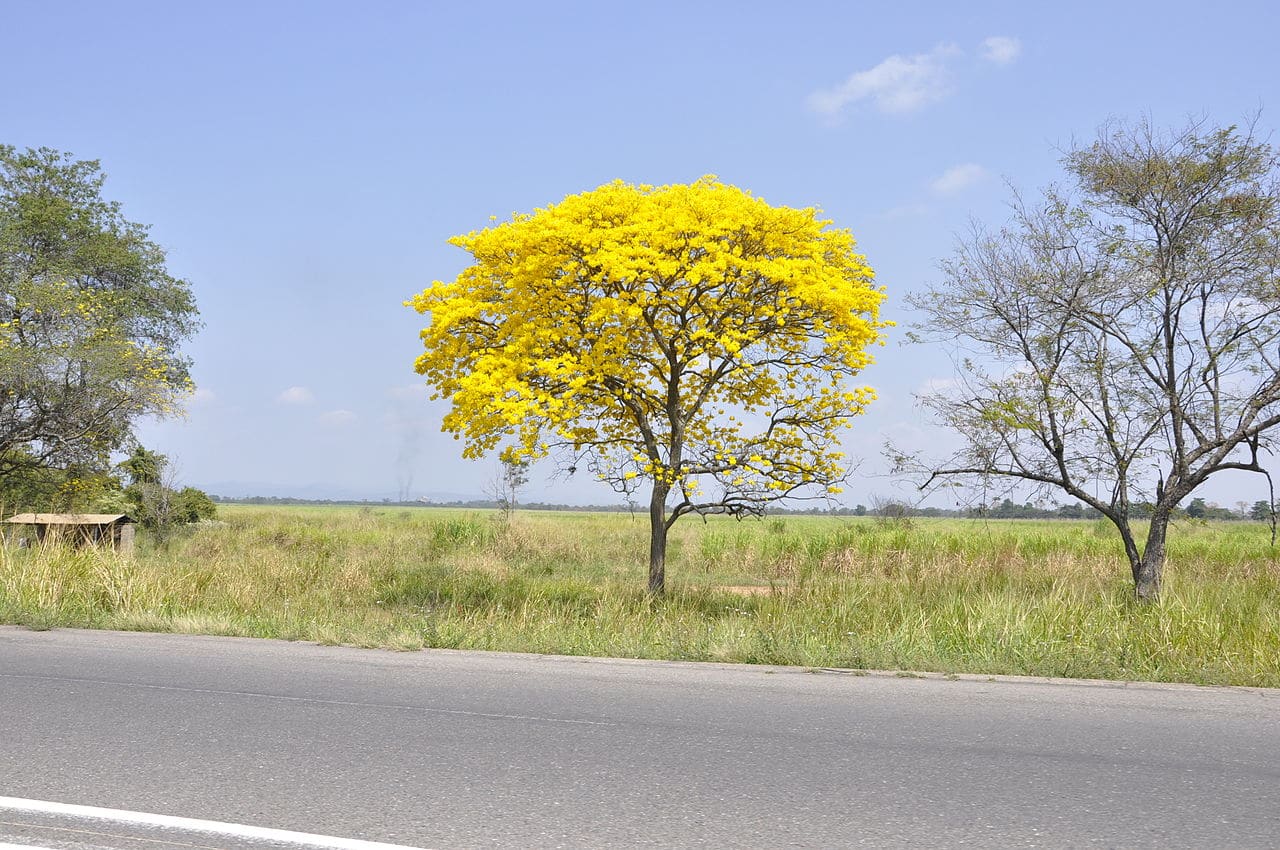
The flora in Venezuela is closely related to the geographical location of the country. Located in the northern part of South America, occupies a territory tropical, whose vegetation responds to this circumstance, but also has other species due to its ecosystem diversity.
As you will understand, the flora in Venezuela is very different in its mountainous areas such as the Merida mountain range that in the Orinoco river basin. And it also differs between the latter and the coasts of the Caribbean Sea. However, we can focus on what is most common to all flora in Venezuela. If you want to know more about it, we encourage you to continue reading.
The flora in Venezuela, a rich variety of nuances
Venezuela is a country rich in flora, so much so that it has been declared one of the megadiverse countries by United Nations. Throughout its almost one million square kilometers there are areas as different as the Amazon rainforest, the Orinoco riverbed, the Andean highlands or the Caribbean coast.
For all this, the flora in Venezuela encompasses about thirty thousand species different from plants. Also for this reason, it is very difficult for us to do a detailed review of all of it. Consequently, we will tell you about the most characteristic.
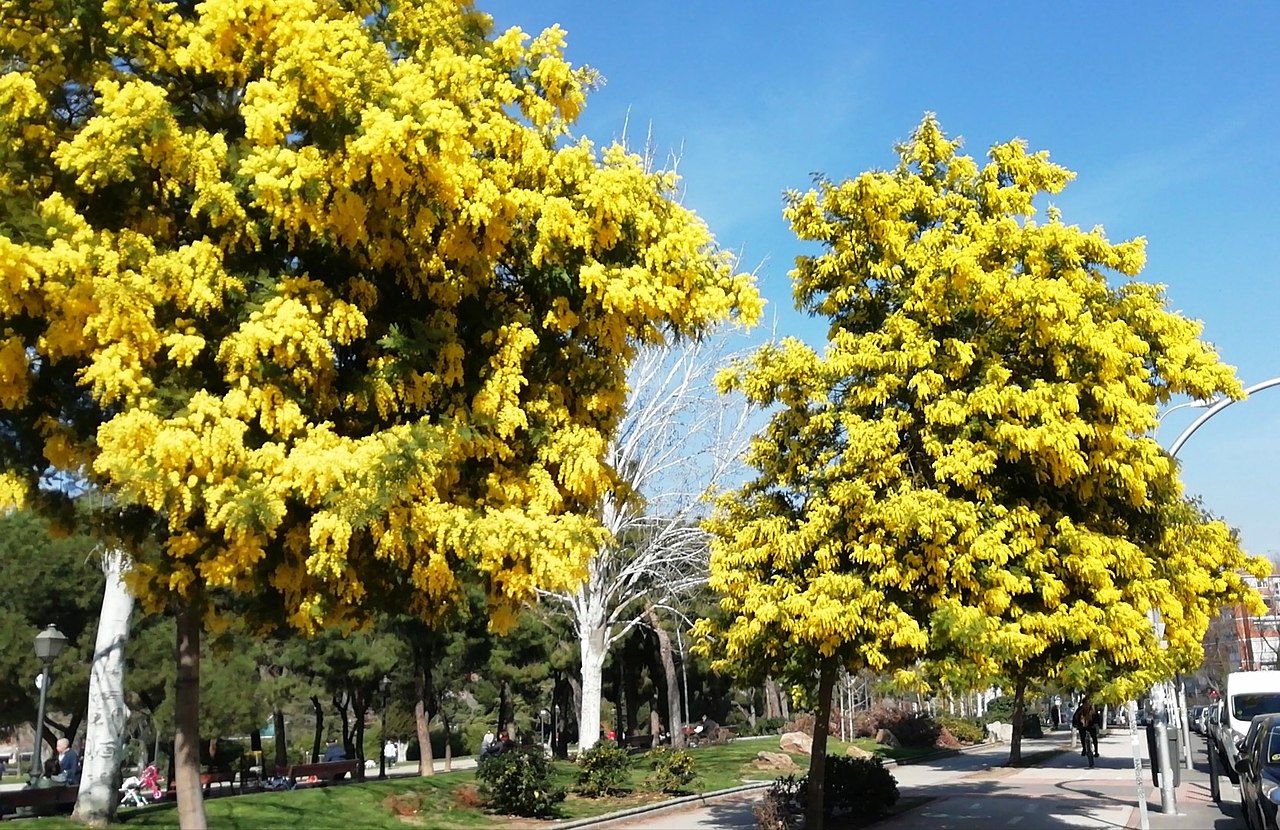
Araguaney
The araguaney, typical tree of Venezuela
Among so much variety, if there is a typical tree in the American country it is the araguaney, also called guayacán, tajibo or yellow oak. Its scientific name is Tabebuia chrysantha and it is so common in Venzuela that in 1948 it was declared National tree of the country.
It grows mainly in the tropophilic forests of the Llanos, with semi-arid intertropical climates, and stands out for its showy yellow flowers and bell-shaped. It does not reach much height, around five meters, or thickness since its trunk has a diameter of about sixty centimeters. But it is a beautiful tree that will fascinate you.
The saman
It is another common tree species in Venezuela. Larger than the previous one, it can reach twenty meters in height and its branches open over a wide area. Likewise, it is typical of the intertropical territories and occurs so much in the area of the Venezuelan capital that it is also known as Couji from Caracas.
The popular spoon of Aragua
Thus known in the state of Aragua, while in Carabobo they call it candle, its scientific name is Gyranthera caribensis. It is a gigantic tree endemic to the Venezuelan coast mountain range. More specifically, you will find it in areas of humid forest. It reaches sixty meters in height, but curiously your wood is useless for commercial purposes for being very soft. You will also distinguish it for its characteristic tubular roots and for the Ferns that grow on its branches.
The mijao
Scientifically known for Anacardium excelsum, there is a lot both in jungle and savanna areas. It can reach forty meters in height and has a straight and cylindrical trunk of several meters in diameter. Its flowers are small and pale green to white in color, although when they age they turn into pinks and give off a intense fragrance.
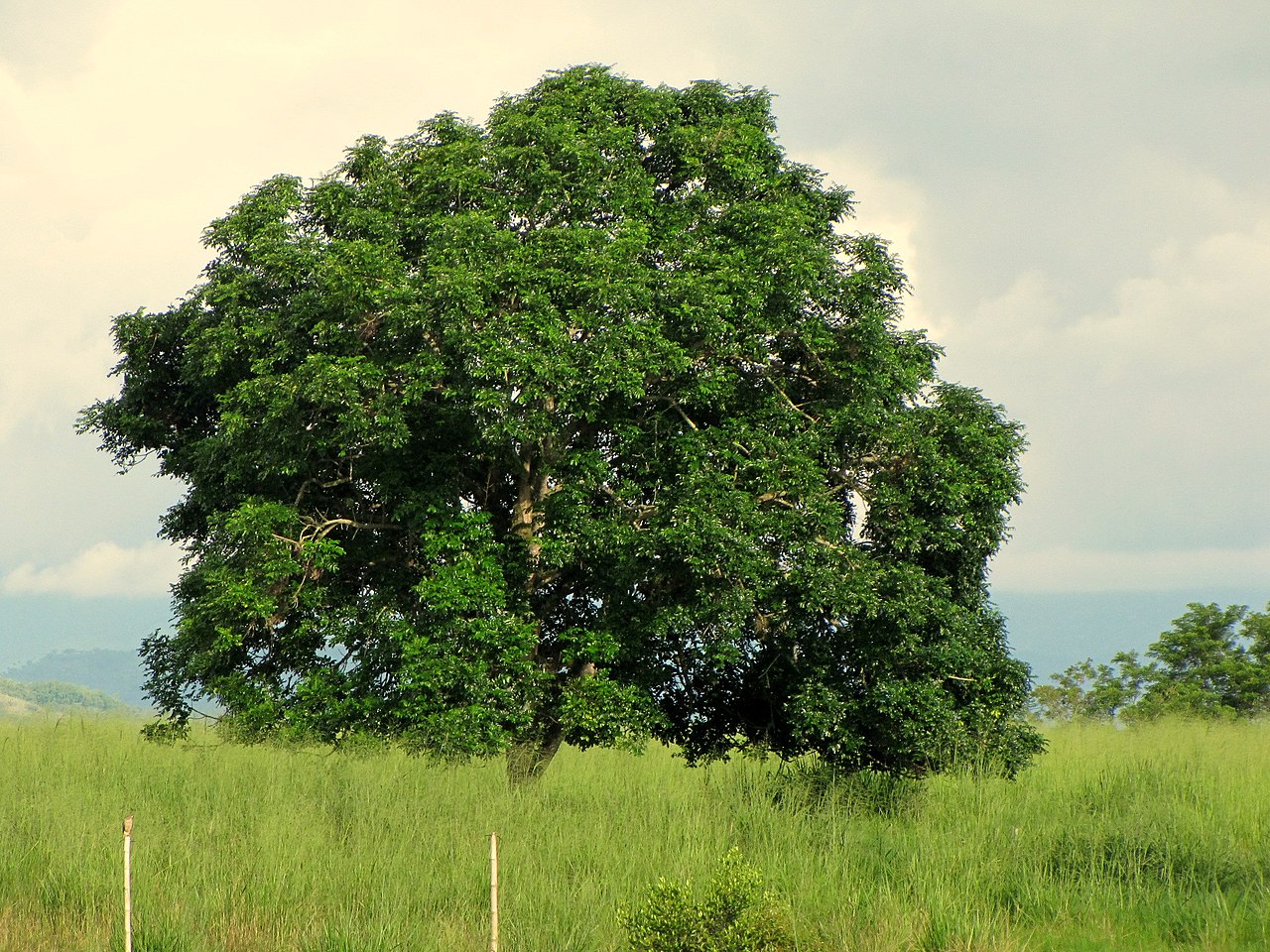
mijao
The morichal, the flora in the Venezuela of the eastern plains
This tree is famous in the American country for giving rise to the moriche palm, very common in the eastern plains of its territory. It needs places flooded with water to grow and this has a color similar to that of tea due to the humic substances it contains. It can reach up to ten meters in height. With his palm, the Cariña Indians They make true wonders of basketry so they value it very much.
The orchid, very common within the flora in Venezuela
If we tell you that the orchid is a beautiful flower, you will agree with us. But, in addition, it is also very common in the flora of Venezuela. In fact, throughout the country they have been identified almost seventeen hundred types of this flower.
They occur mainly in areas of cloud forests and, if the araguaney was the national tree, the orchid holds the same title with respect to the native flowers. The most frequent is Cattleya mossiae o may Flower and it will be very easy for you to find it on both sides of the riparian mountain range, in states like Vargas, Miranda or Carabobo.
It will attract your attention for its intense pink color, pulling on lilac. However, there are many other shades and also very curious species such as the so-called Dracula lotax or the range of Oncidium, shaped like an insect.
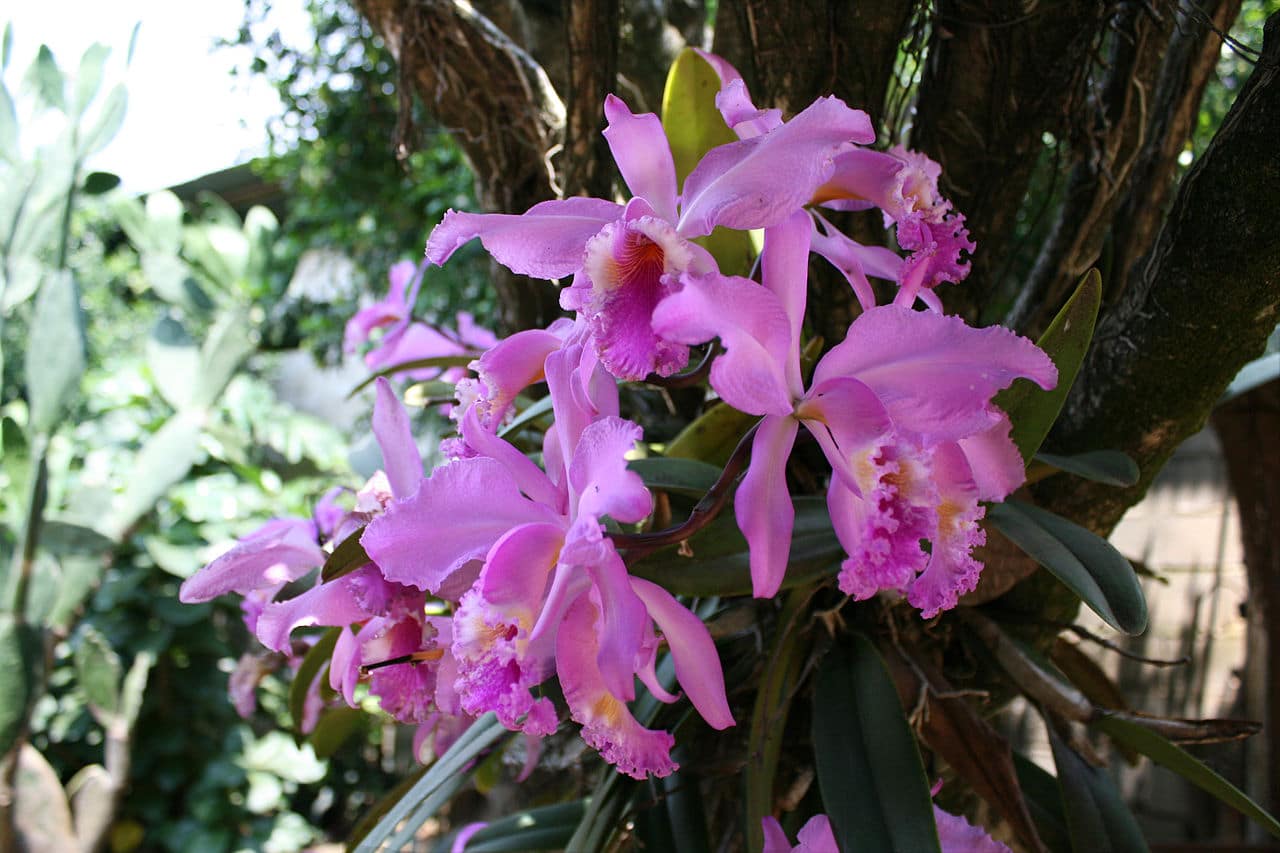
Orchid
Cayenne flower
It is also very frequent throughout the Venezuelan territory. Its scientific name is Hibiscus and includes both herbaceous varieties and small trees. But the most beautiful thing about this species are its flowers, of an intense red color, with a large size and the stamens in the center.
The cacao plant
Another distinctive plant trait in Venezuela is the abundance of the cacao plant. In this case, the territory of the country offers three varieties: trinitarian, Creole y stranger, although the latter is a combination of the first two.
The Espeletia, frequent in the state of Mérida
Commonly called frailejon, belongs to the family Asteraceae and it occurs especially in we stopped and other arid places. For this reason it is classified as a meadow and mountain thicket. In fact, it grows primarily at heights greater than three thousand four hundred meters. In Venezuela it is common to find it in the Merida mountain range.
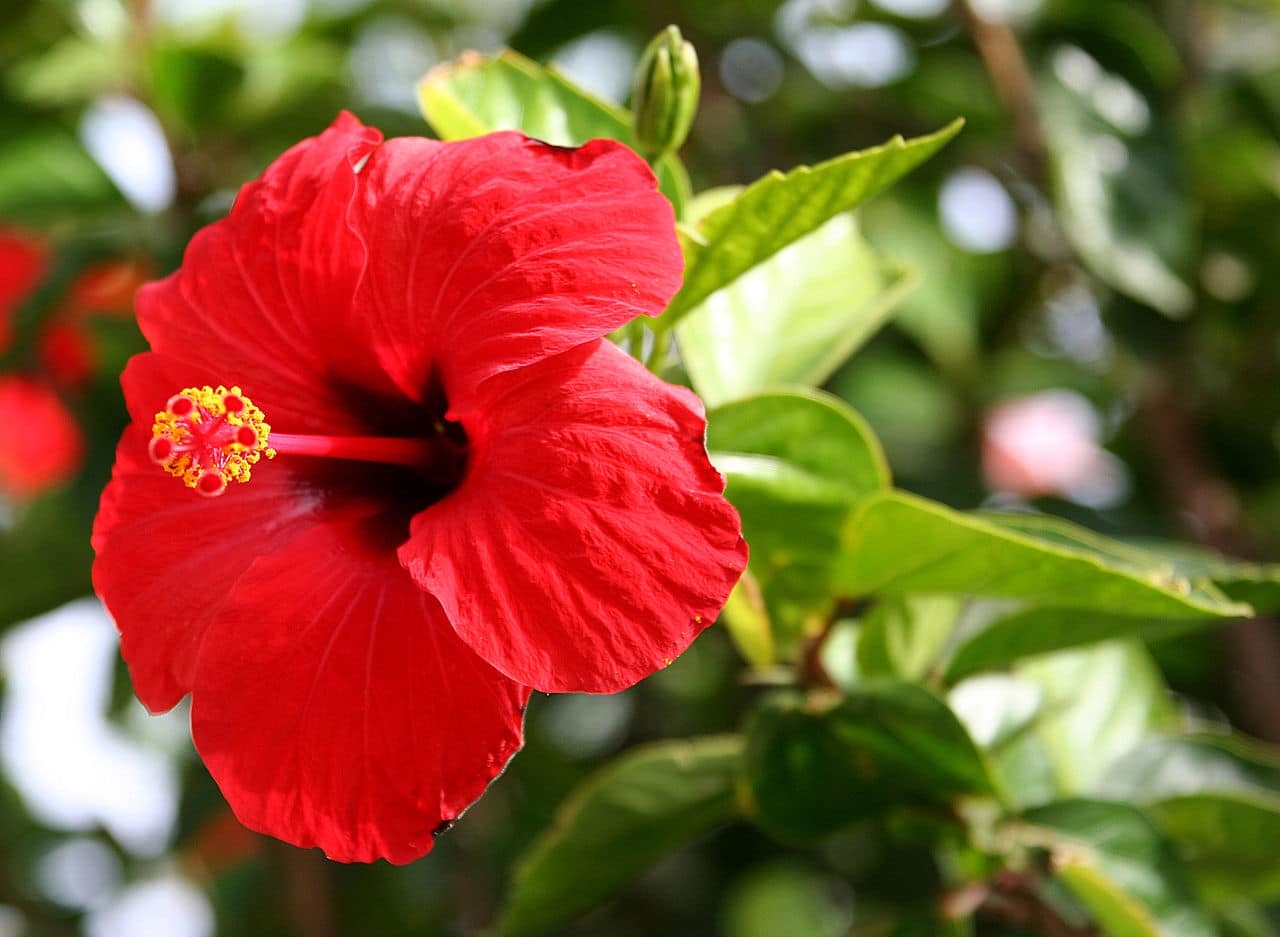
Cayenne flower
Bird of Paradise typical of Aragua
If the previous one was frequent in the state of Mérida, this striking flower is so in that of Aragua, specifically in its coastal mountains. It is scientifically called Heliconia acuminata and stands out for its flowers, of an intense yellow color with an orange upper part.
In conclusion, we have shown you some of the most common species of flora in Venezuela. But we could tell you about others like him bucare ceibo, with its orange flowers, the pinus caribaea o caribbean pine, big ferns and the peculiar snake cucumber flower, all of them equally precious.
Always with the Copy, or I don't know if it will be Wikipedia or you ...
Do original things = 3
I did not get what I was looking for, for that I use Wikipedia and now